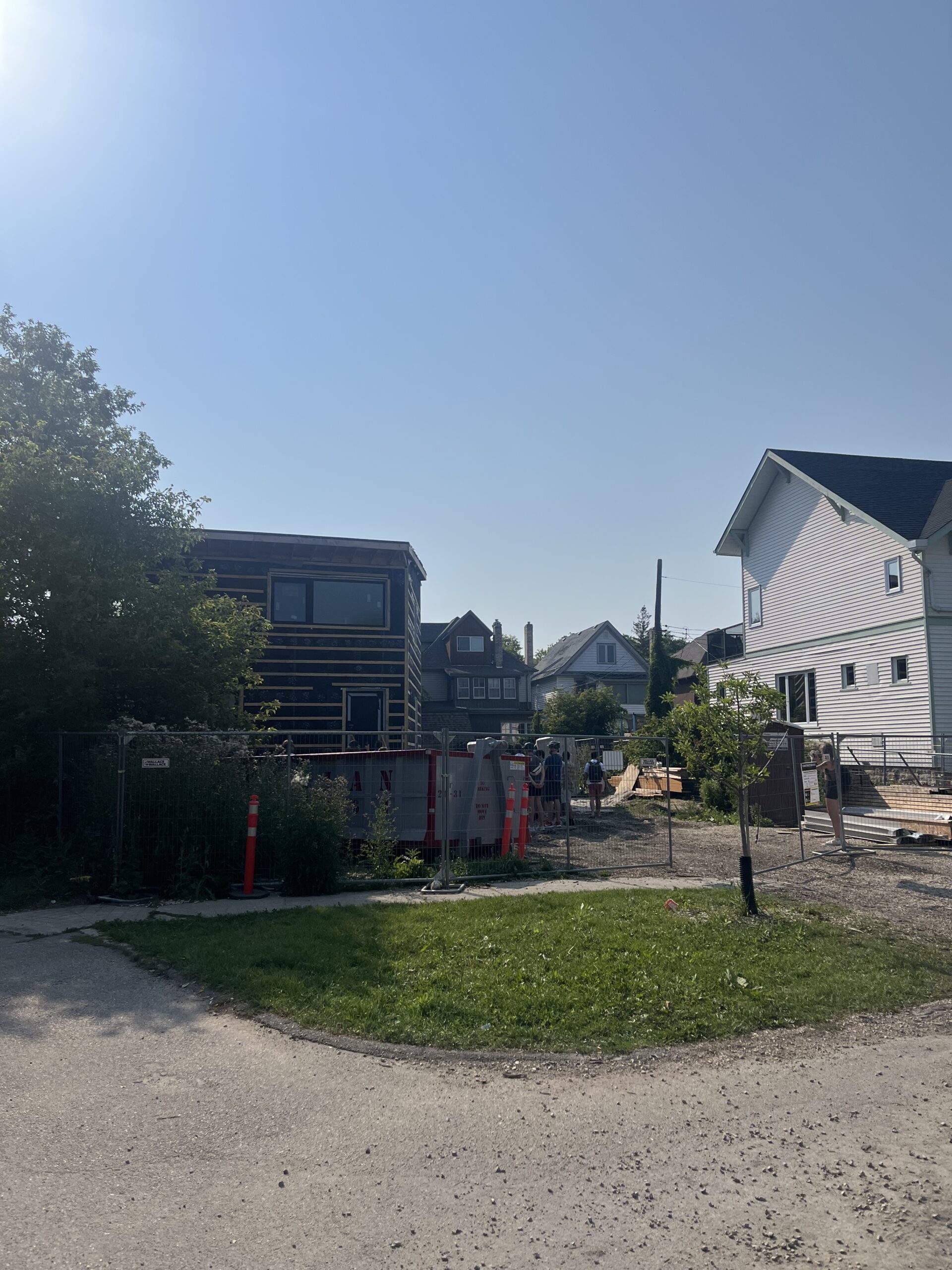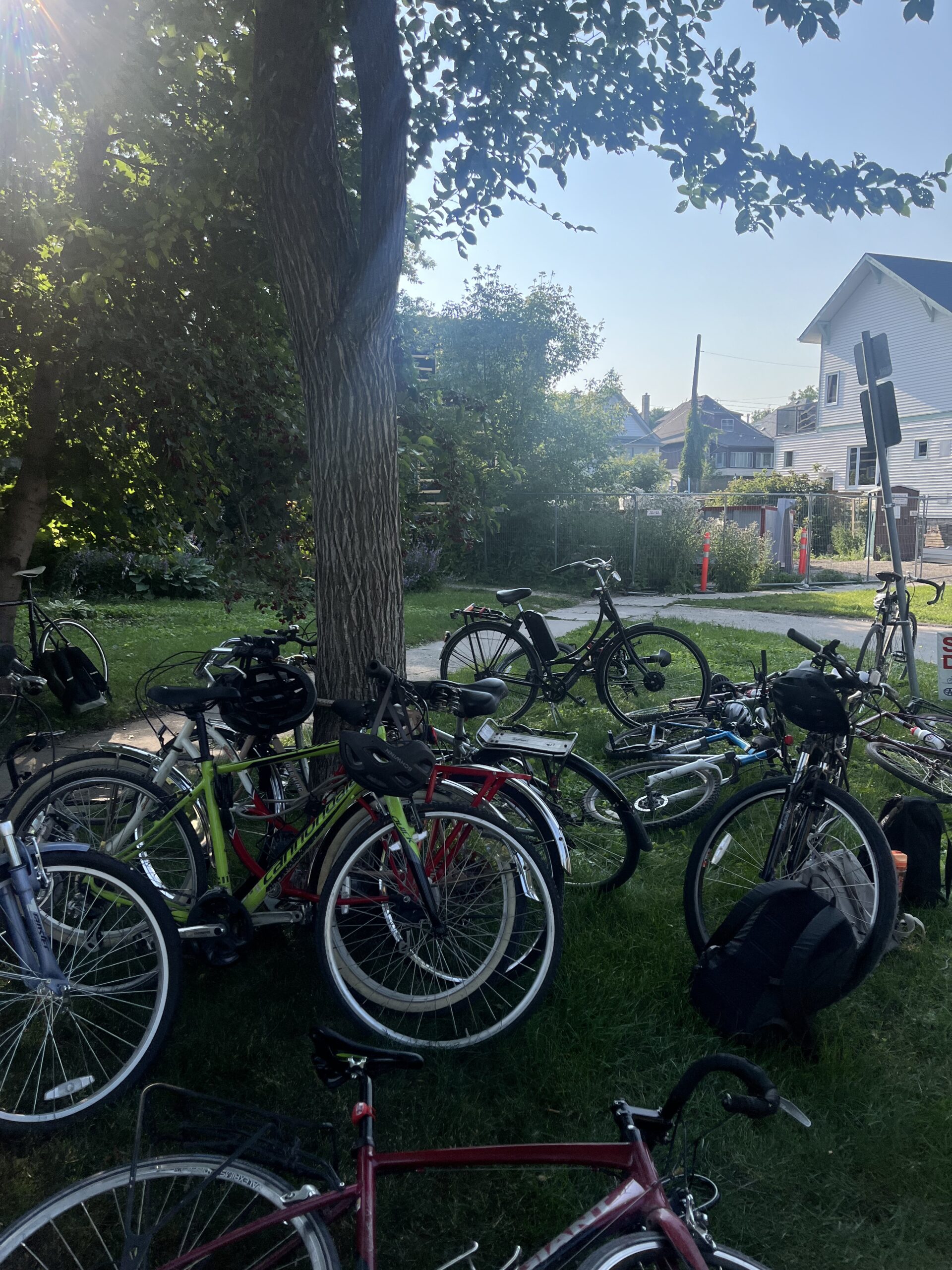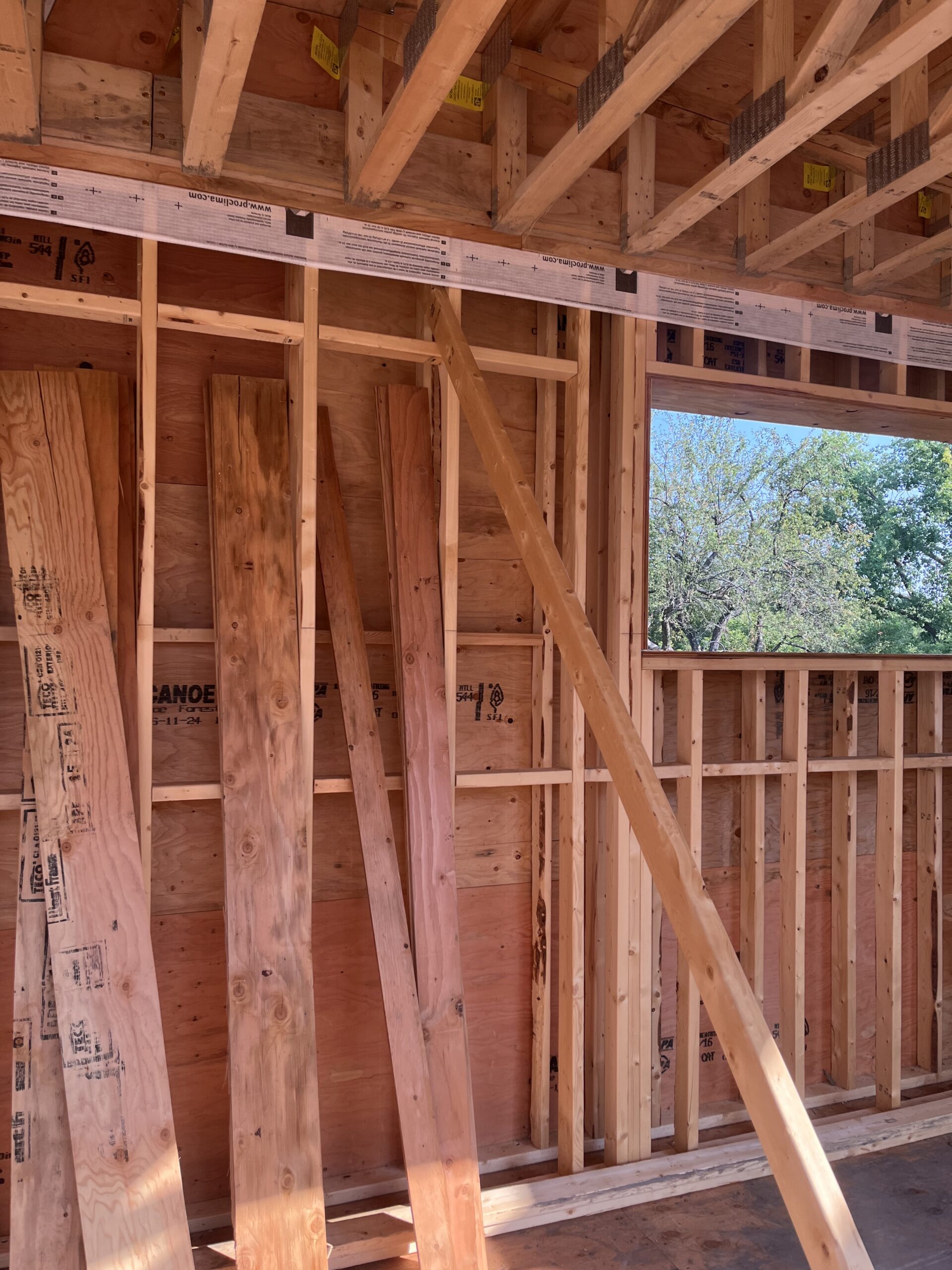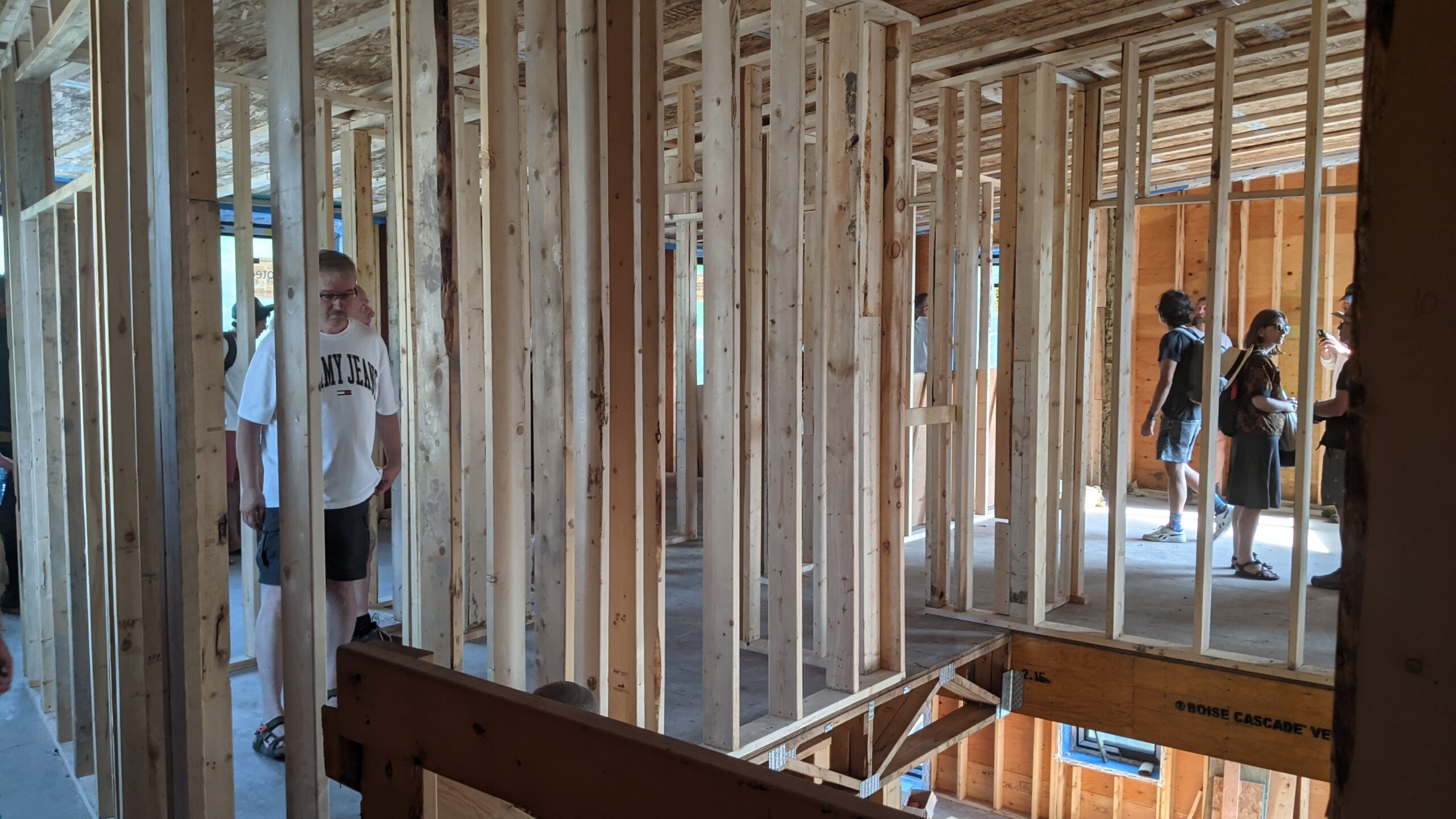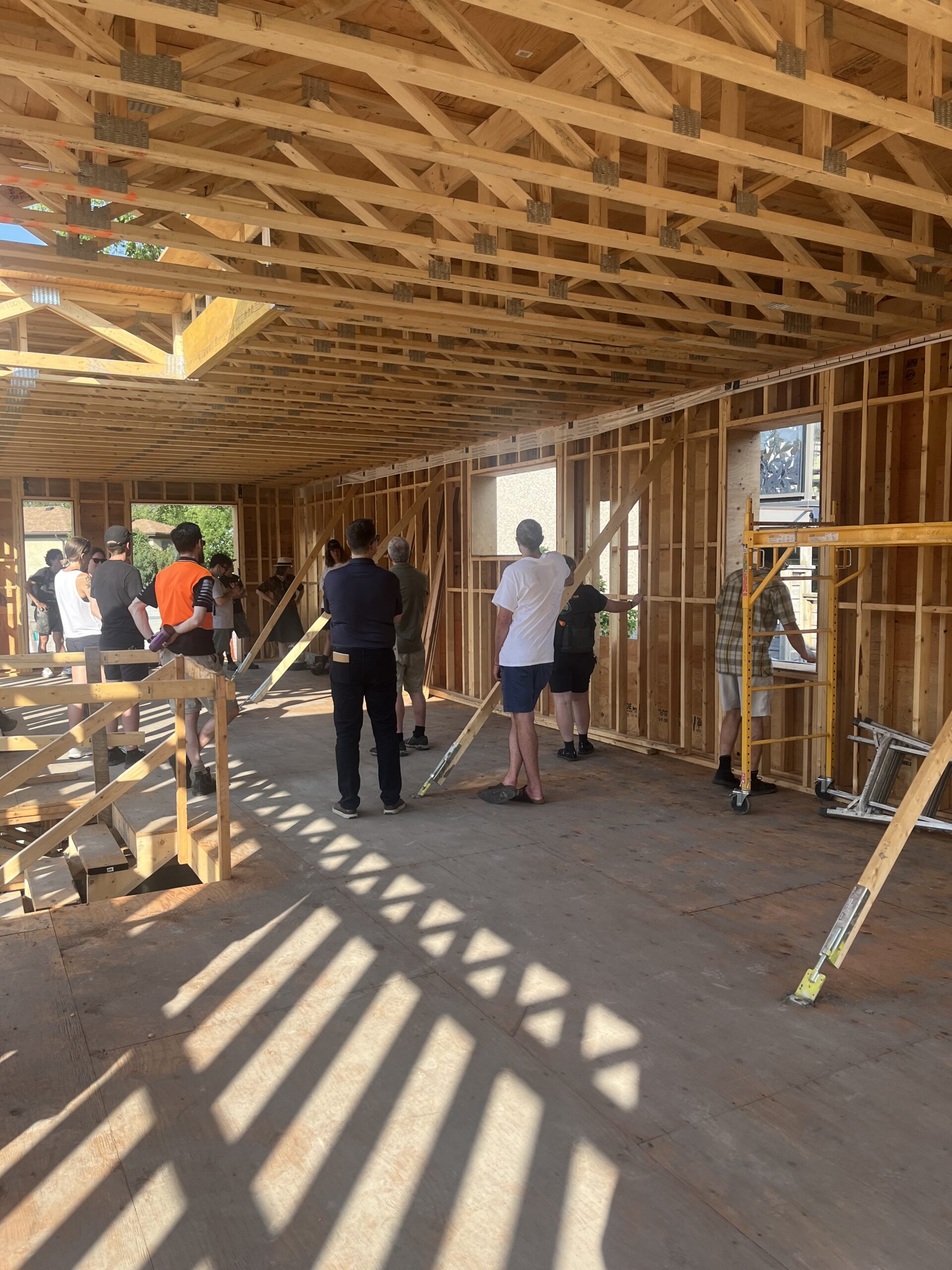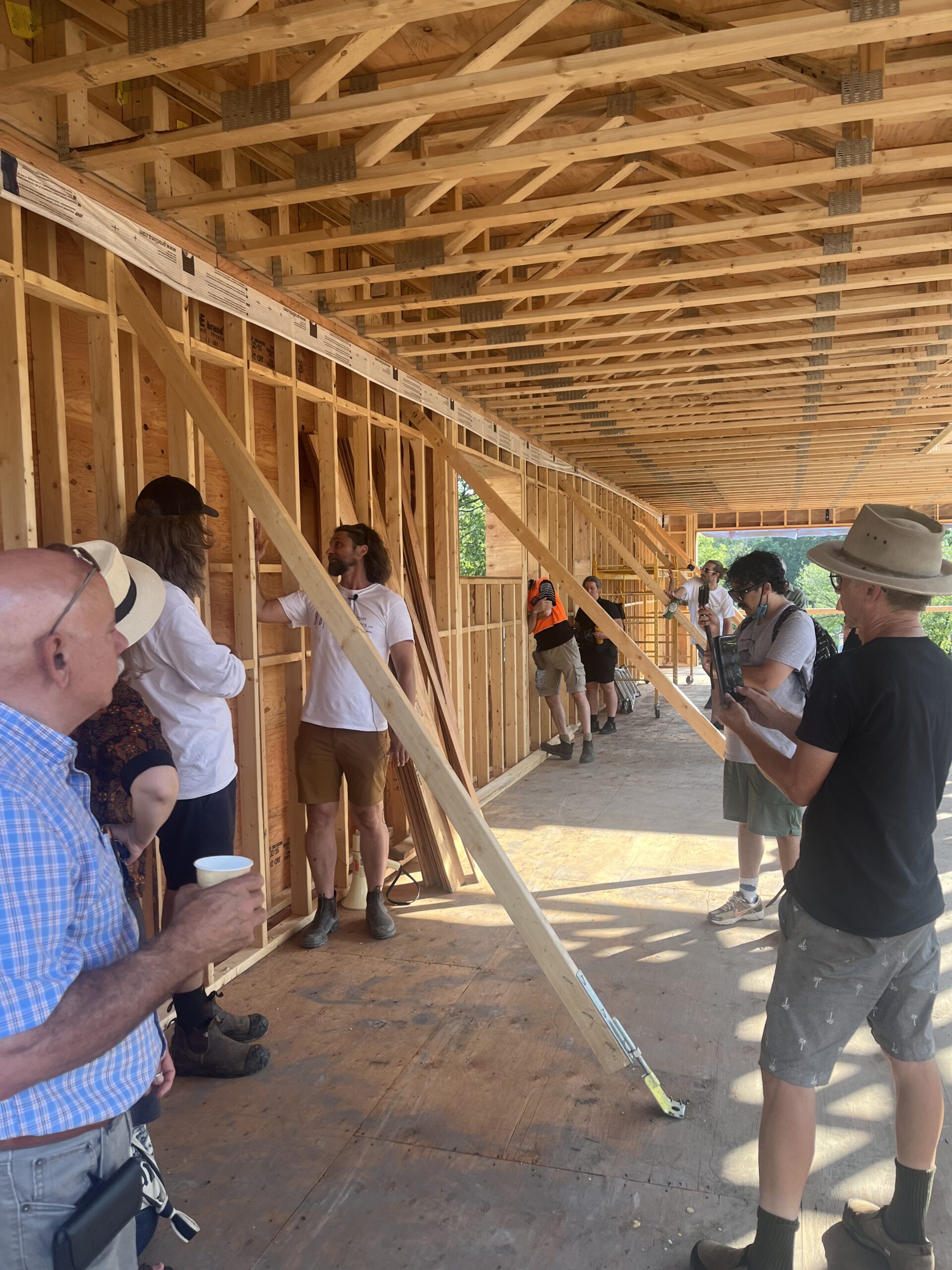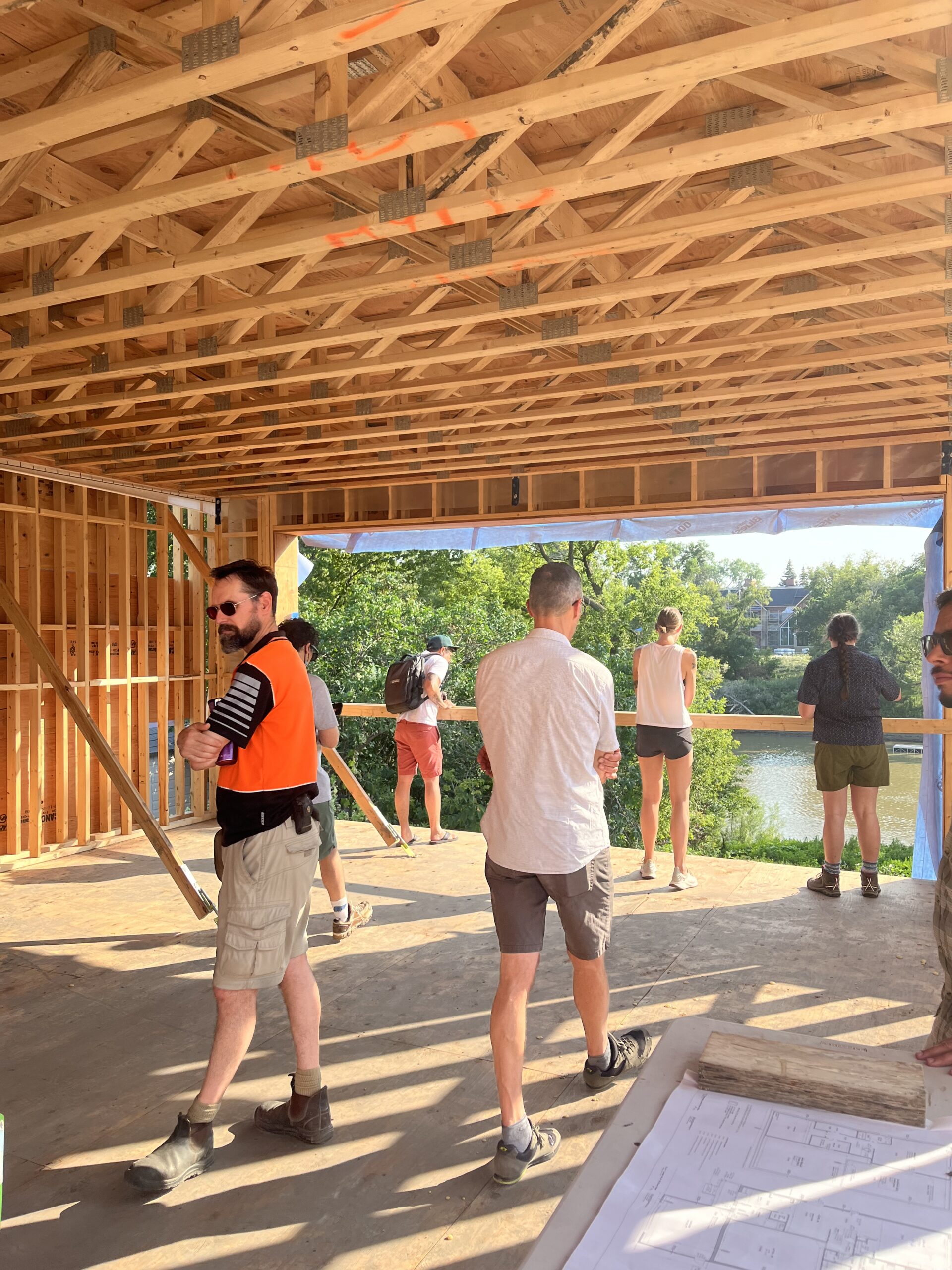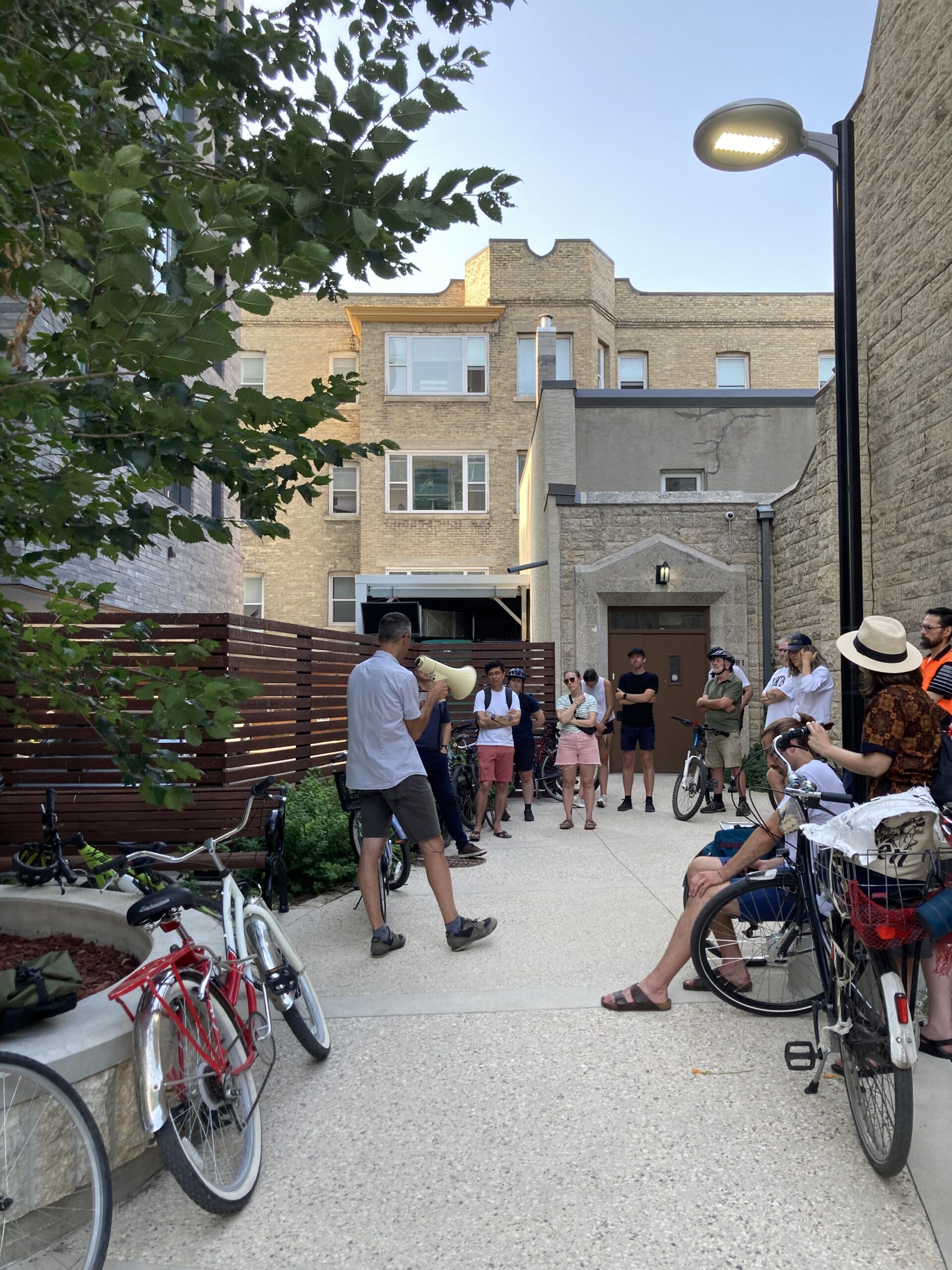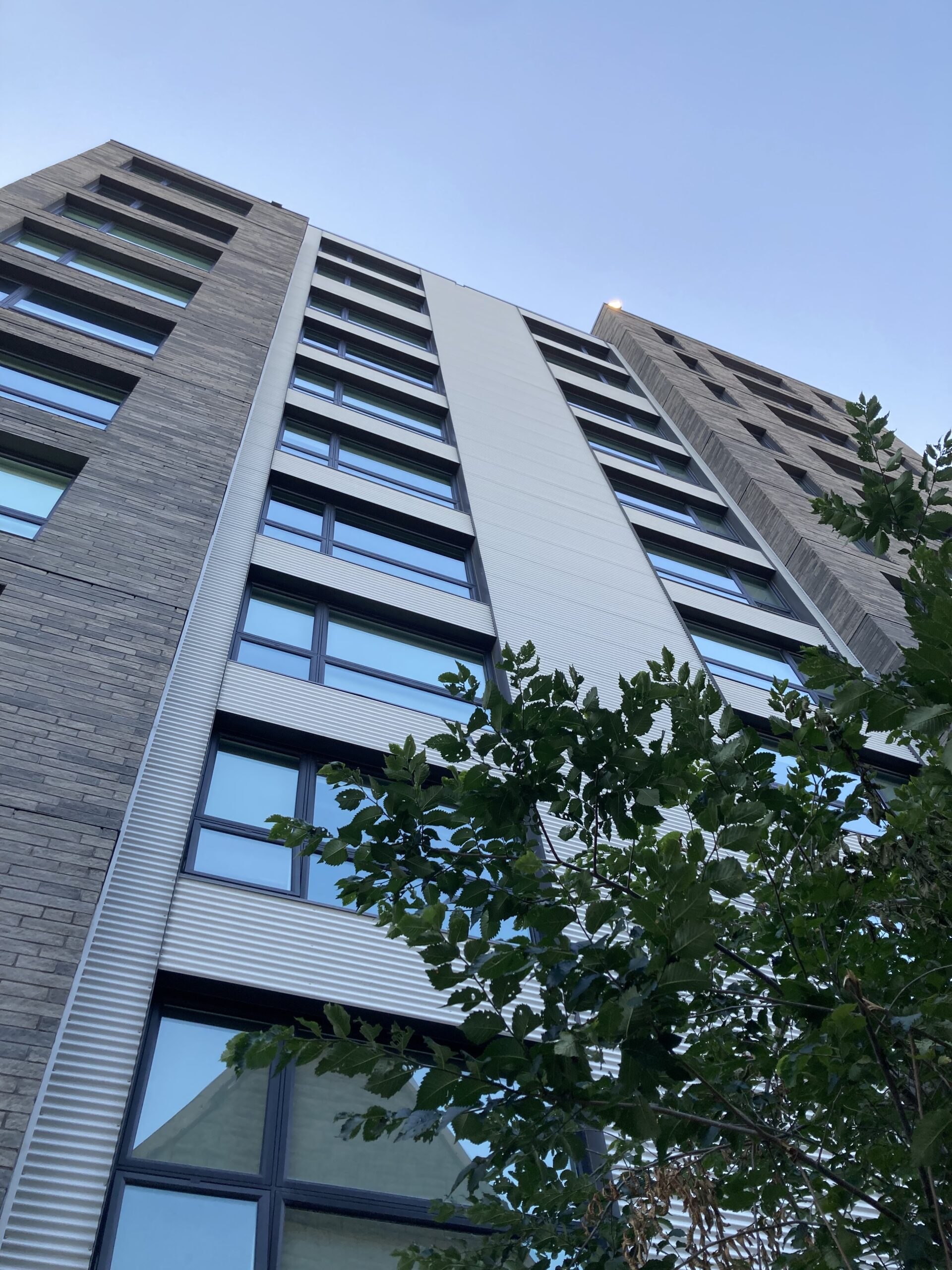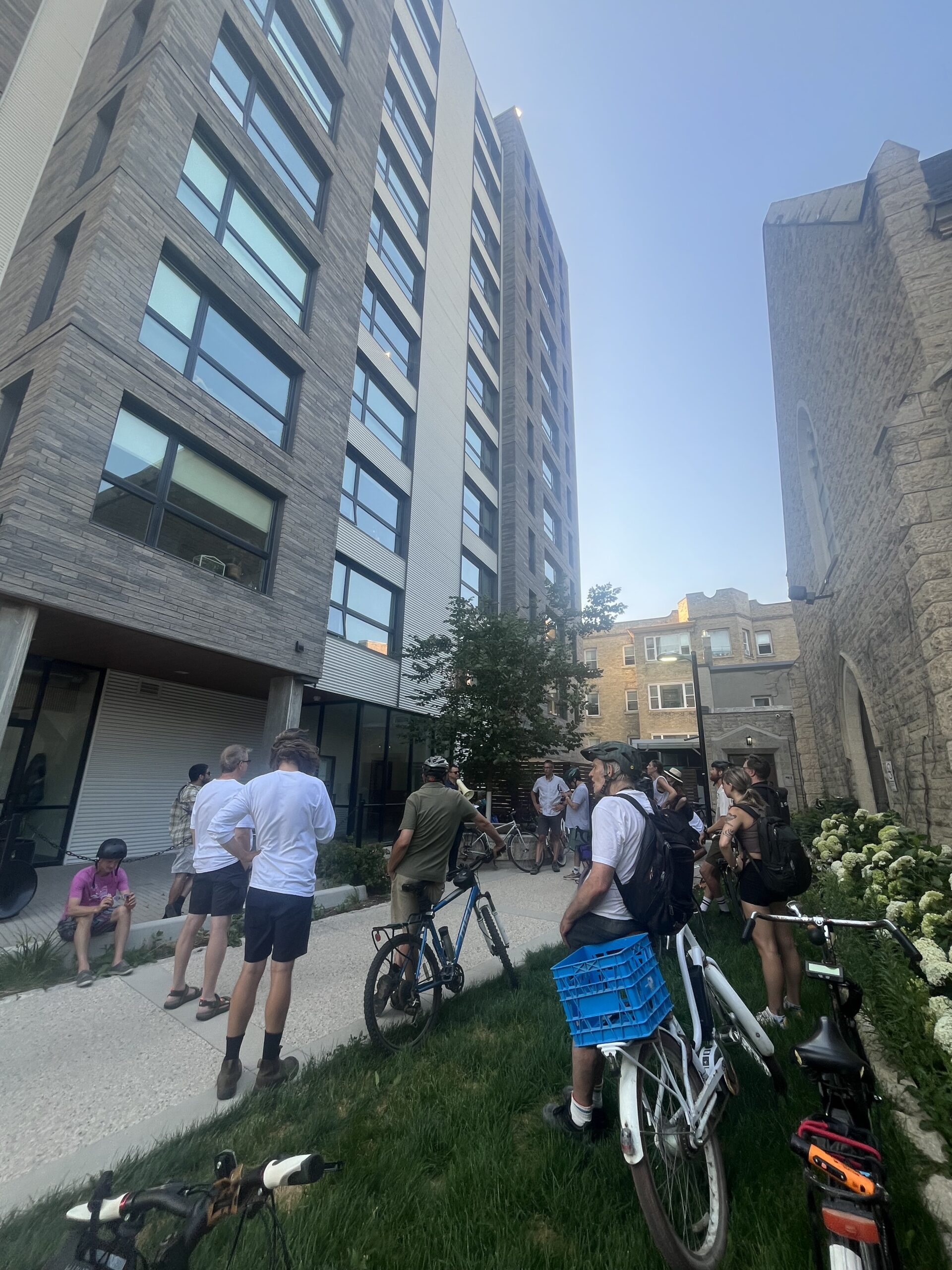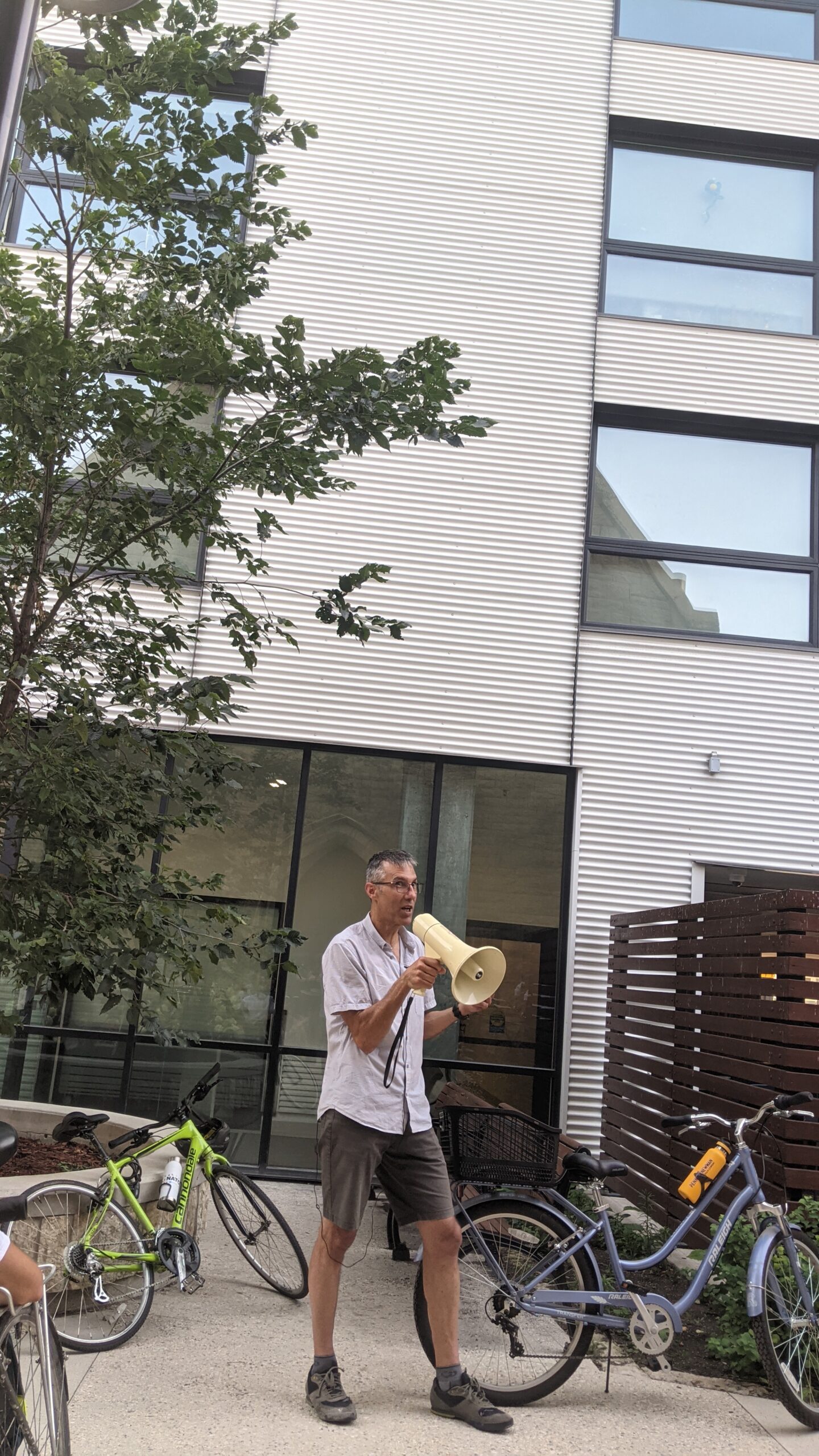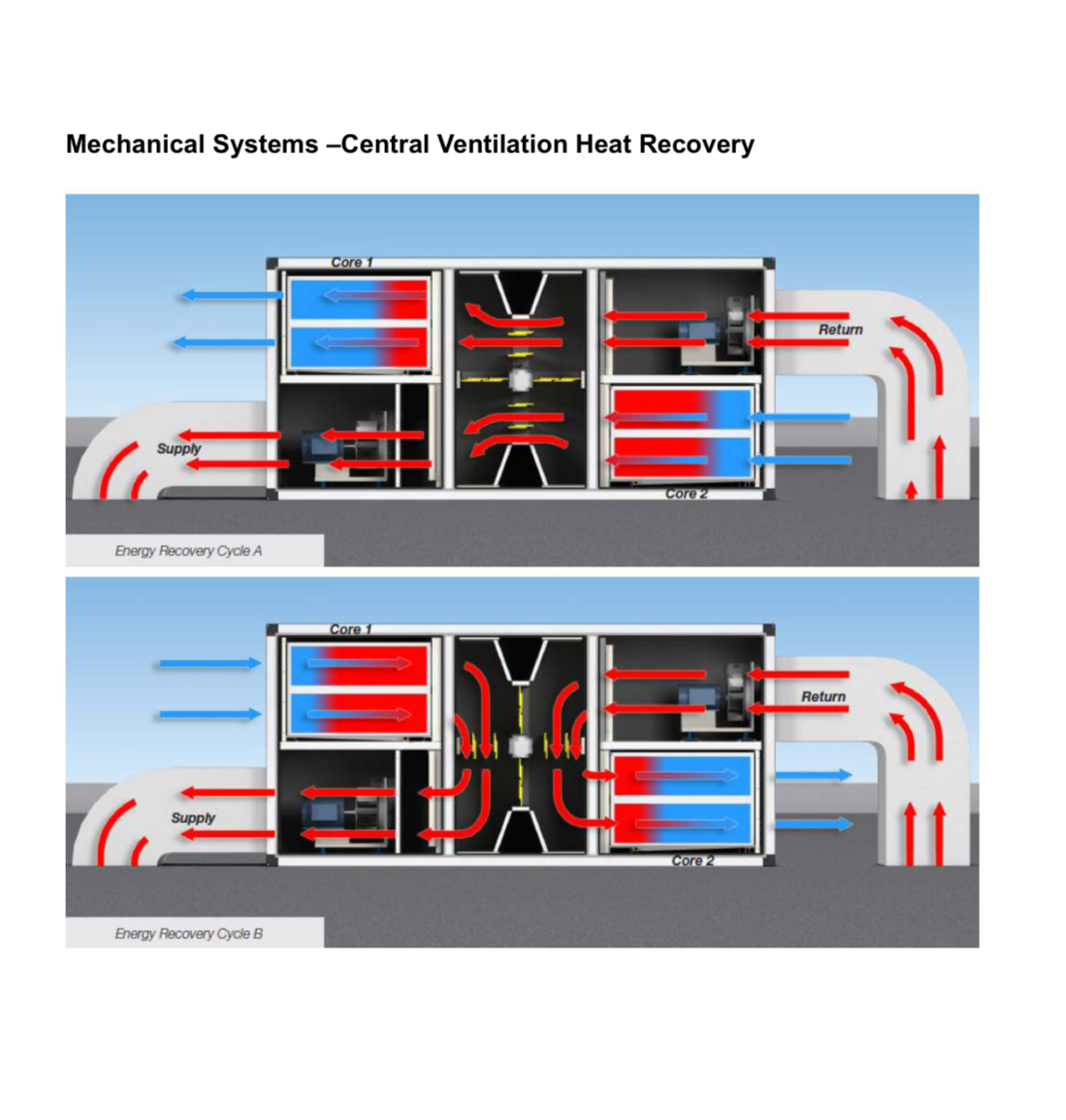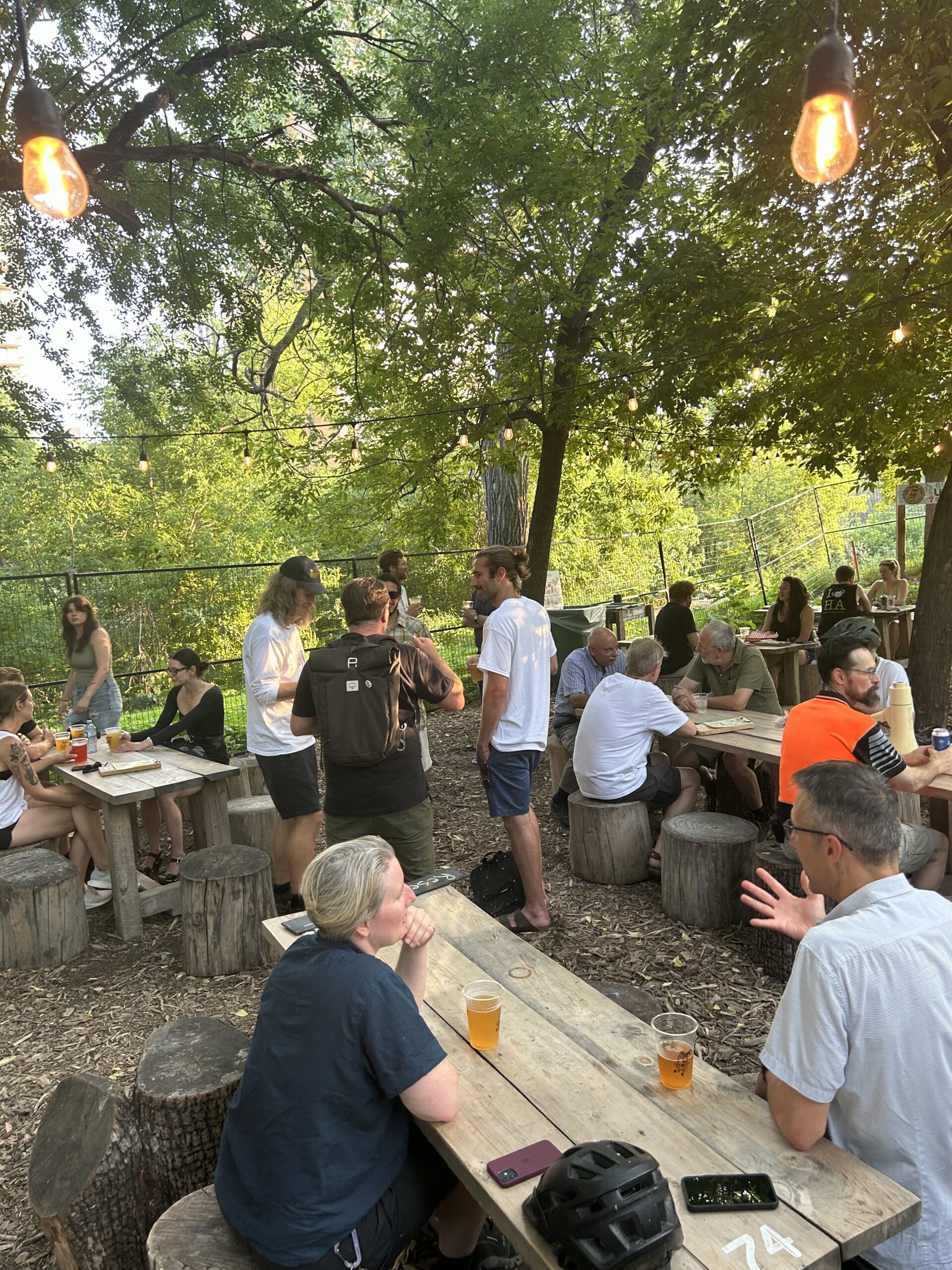Green New Deal
On Thursday May 23rd, community members gathered at the University of Winnipeg with the common goal of bringing a Green New Deal to Manitoba. The U.S.-inspired pact for a Green New Deal launched in Canada on May 6th and aims to unite people from all walks of life to “create a vision of rapid, inclusive and far-reaching transition, slash emissions, protect critical biodiversity, meet the demands of the multiple crises we face, and create over a million jobs in the process.”
Cities all across Canada are hosting Green New Deal events in order to develop a shared vision of what the movement could, and should, look like. The University of Winnipeg meeting was hosted by Our Time, a national campaign led by young people in support of a Green New Deal. The members of Our Time introduced the two main principles associated with the movement:
- Meet the demands of Indigenous knowledge and science and cut Canada’s emissions in half in 11 years while protecting cultural and biological diversity.
- Leave no one behind and build a better present and future for all of us.
The Winnipeg meeting began with a prayer from Gramma Shingoose, an Indigenous elder. After members from the Our Time campaign spoke about the Green New Deal, the event of the evening was introduced by Clayton Thomas-Muller. The attendees broke into groups of eight or more, creating a small discussion circles to brainstorm the “red lines” and “green lines” of a Green New Deal in Manitoba and Canada.
Red lines are the issues that will prevent people, communities, groups, and institutions from supporting a Green New Deal and absolutely cannot be included in the movement. Green lines are issues that people, communities, groups, and institutions need to see in the Green New Deal in order to gain their support.
Some common green line themes that emerged from the Winnipeg meeting were; reduce inequality of marginalized and Indigenous communities, transform transportation systems to prioritize accessibility and low-carbon options, create support for green buildings, implement a universal living wage/basic income, and reduce carbon emissions by diverting from fossil fuels and investing in alternative energy.
Common red line themes included; no workers left behind in the energy transition, no new fossil fuel production and infrastructure, not allowing Canadian companies to exploit other countries, no greenwashing, and no urban sprawl.
With the support of people across Canada, the Green New Deal aims to bring an ambitious vision of the future to politicians, challenging them to include these policies in their platforms. The facilitators of the Winnipeg meeting emphasized that the people are crucial in pushing the Green New Deal movement forward. We have the power to make a change and it is our responsibility to unite in order to create a safe and prosperous future. This sentiment was reinforced by the participation of the meeting attendees in song. Music has been used as a tool for furthering social movements for many years. The songs that were sung are reminiscent of the ones sung during the 1960’s civil rights movement and left the people feeling hopeful and unified in our fight against climate change.

